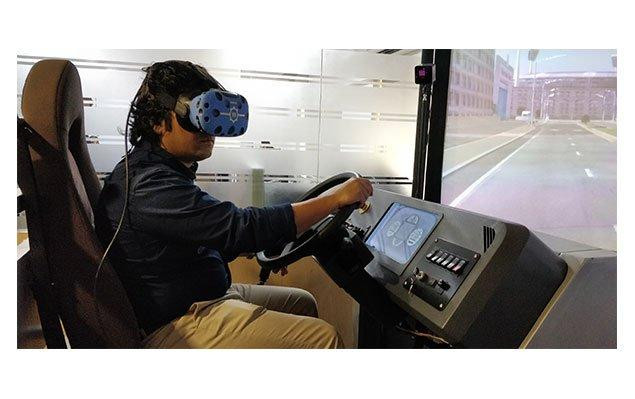Virtual Reality (VR) training has rapidly become one of the most important or valuable tools for organizations to extend classroom and eLearning courses. It can improve knowledge retention, employee experiences and also yield great results in terms of end-customer experiences.
The goal of Virtual Reality training is pretty simple — To create virtual scenarios that allow employees to experience their work in different demanding environments, take risks, and learn before they go out to handle real-world situations.
WHAT IS VIRTUAL REALITY (VR) TRAINING
Virtual reality or VR is a virtual environment that is created for a fully immersive user experience. Unlike the traditional user interfaces that only allow you to view through a two-dimensional screen, virtual reality offers a computer-generated, fully digital, three-dimensional experiential environment. In fact, when you put on VR headsets, it feels like you are transported to a new location, where you can look around, interact with things, and even inspect computer-animated objects. The idea behind VR is to simulate the different senses like hearing, vision, and even touch sometimes to bring users to a whole new world, virtually.
VR training uses virtually realistic environments for employee training by simulating different work environments that the employees are expected to deal with.

